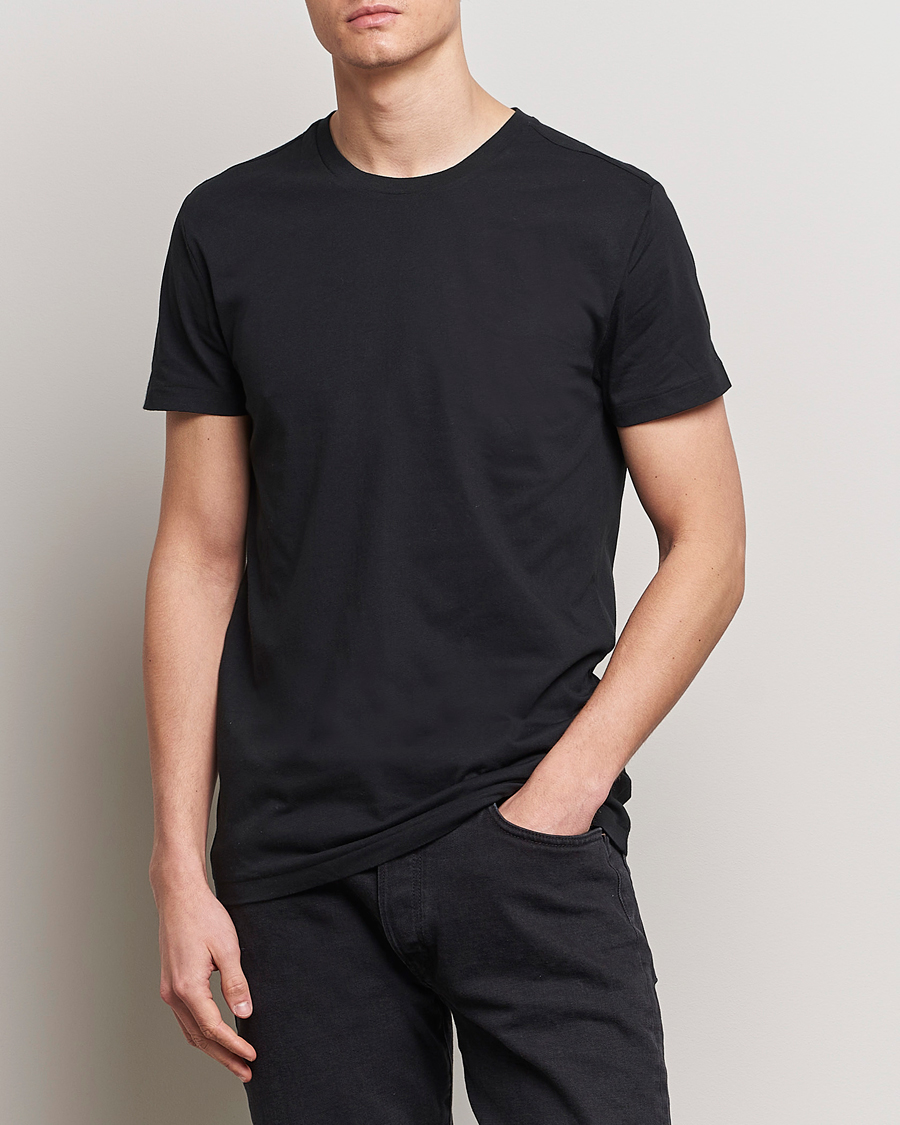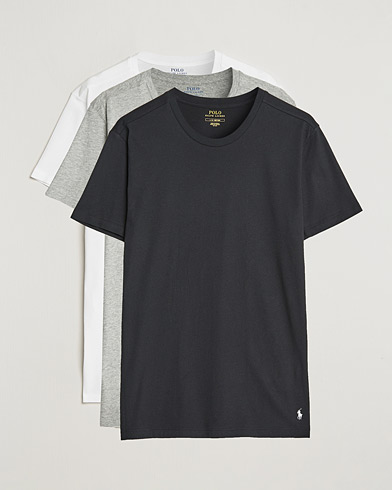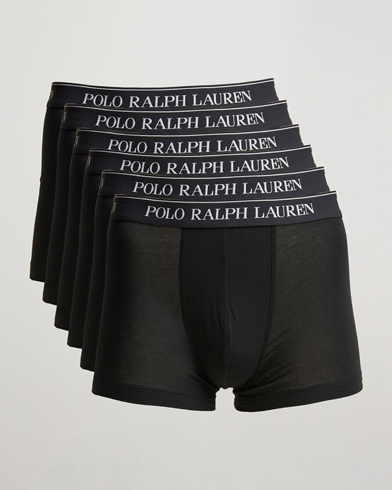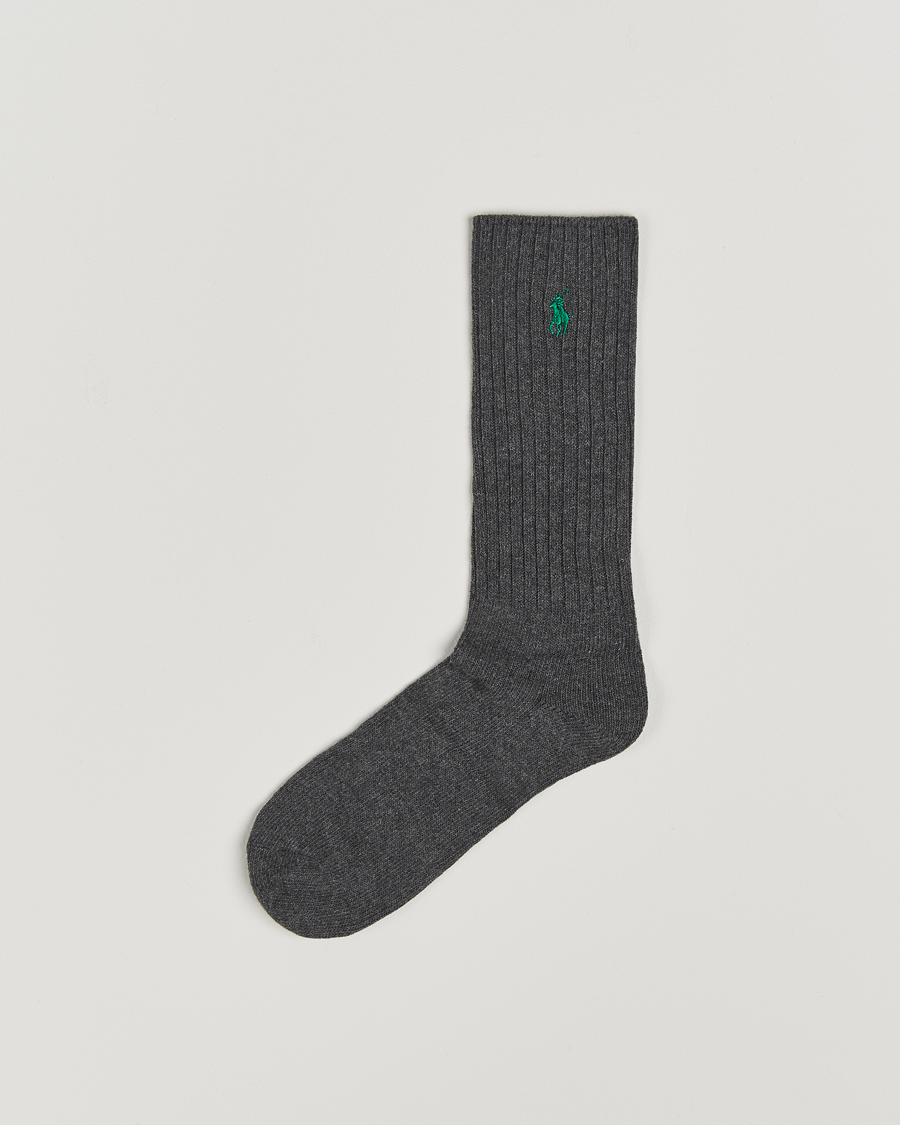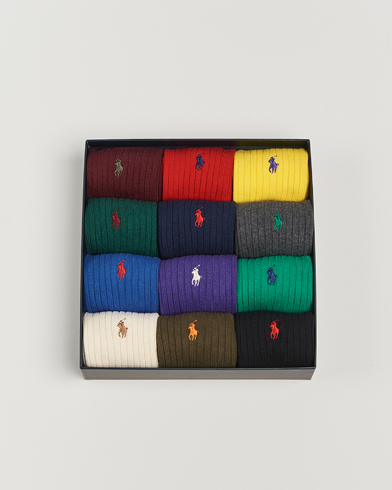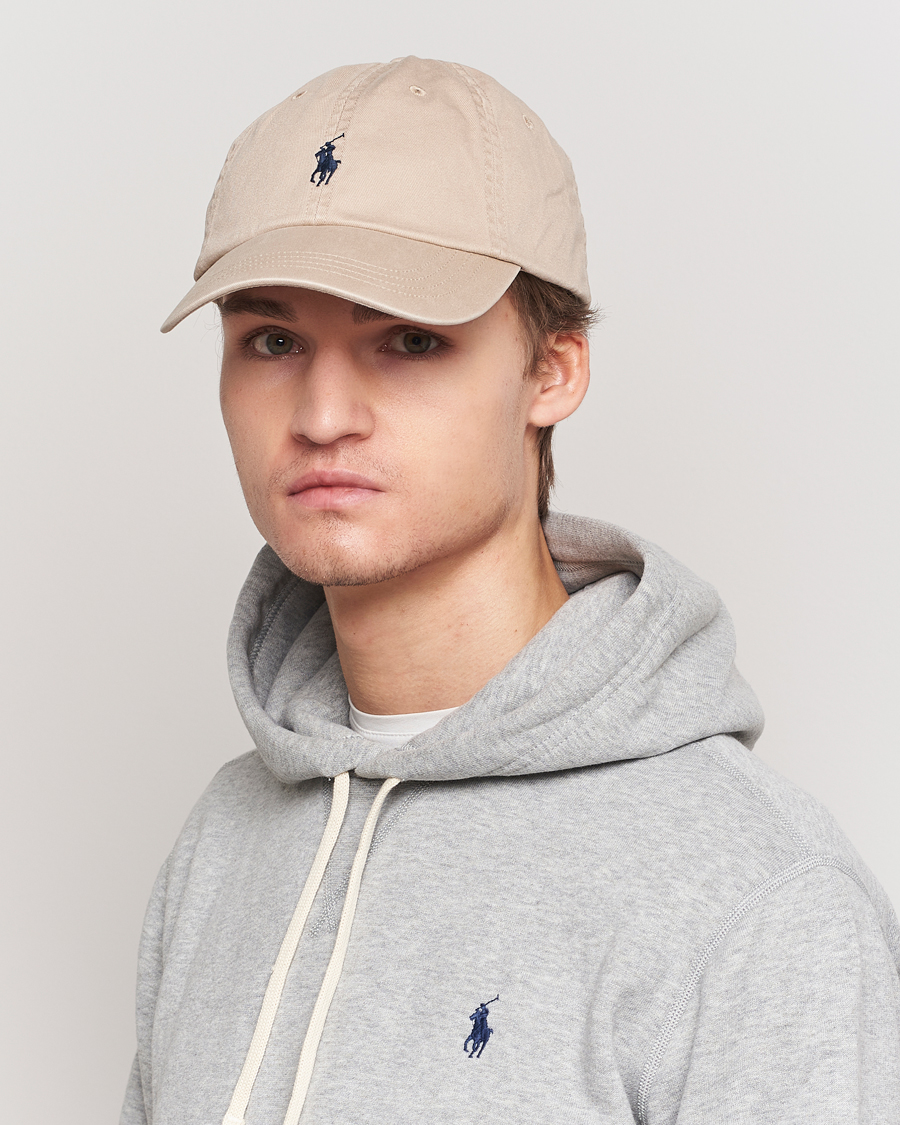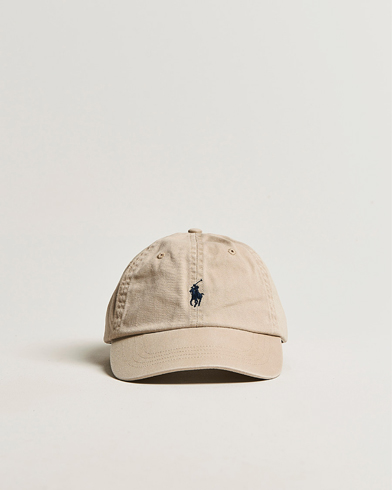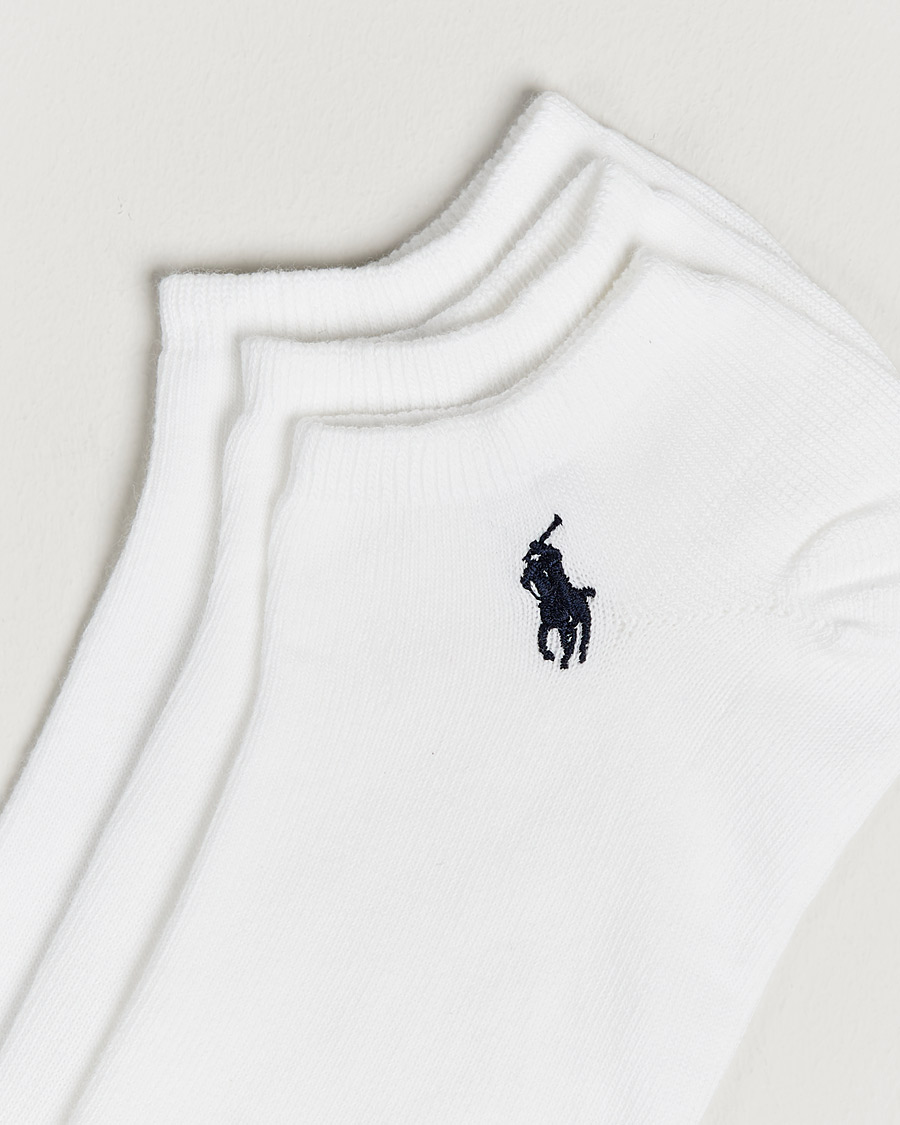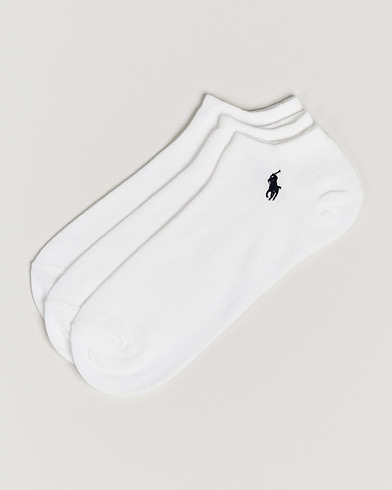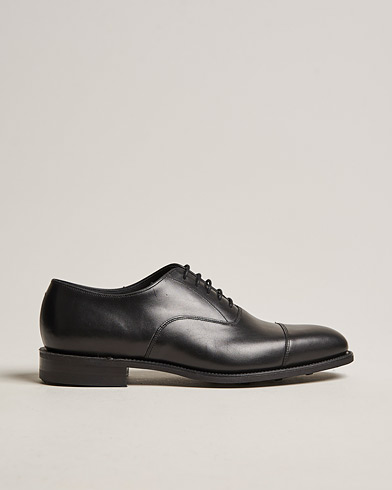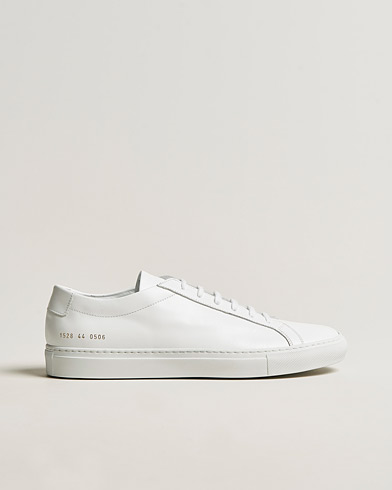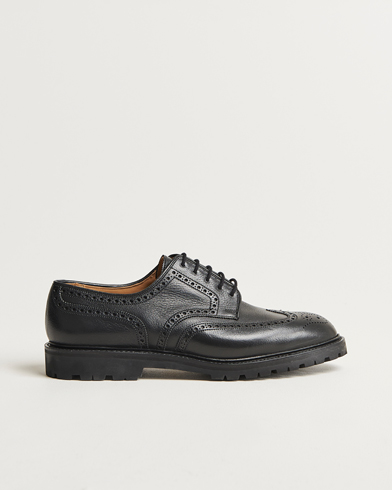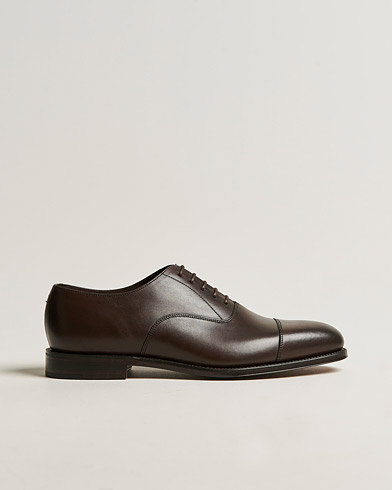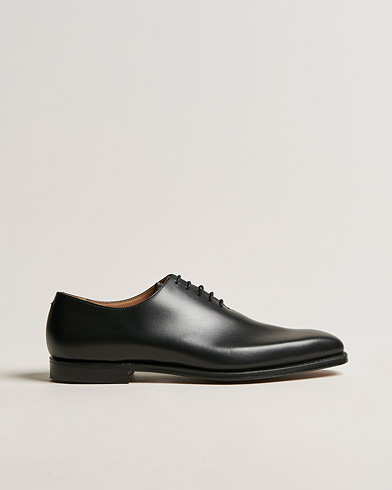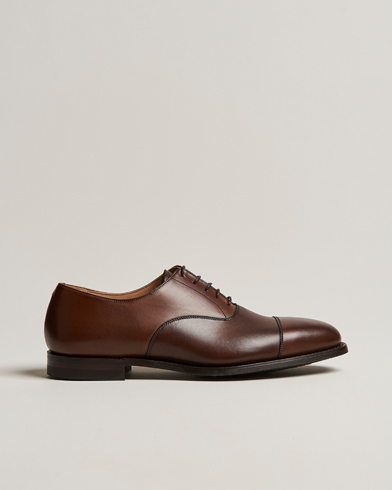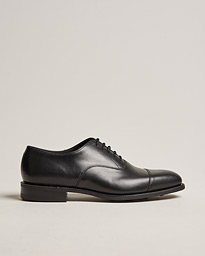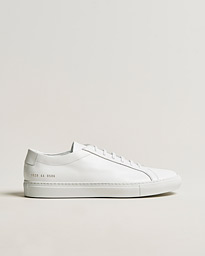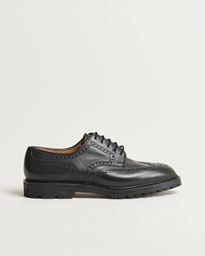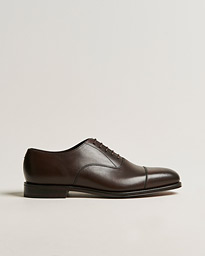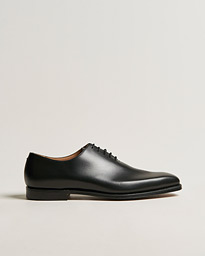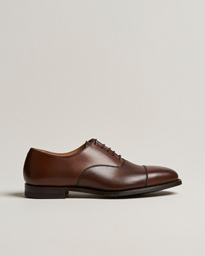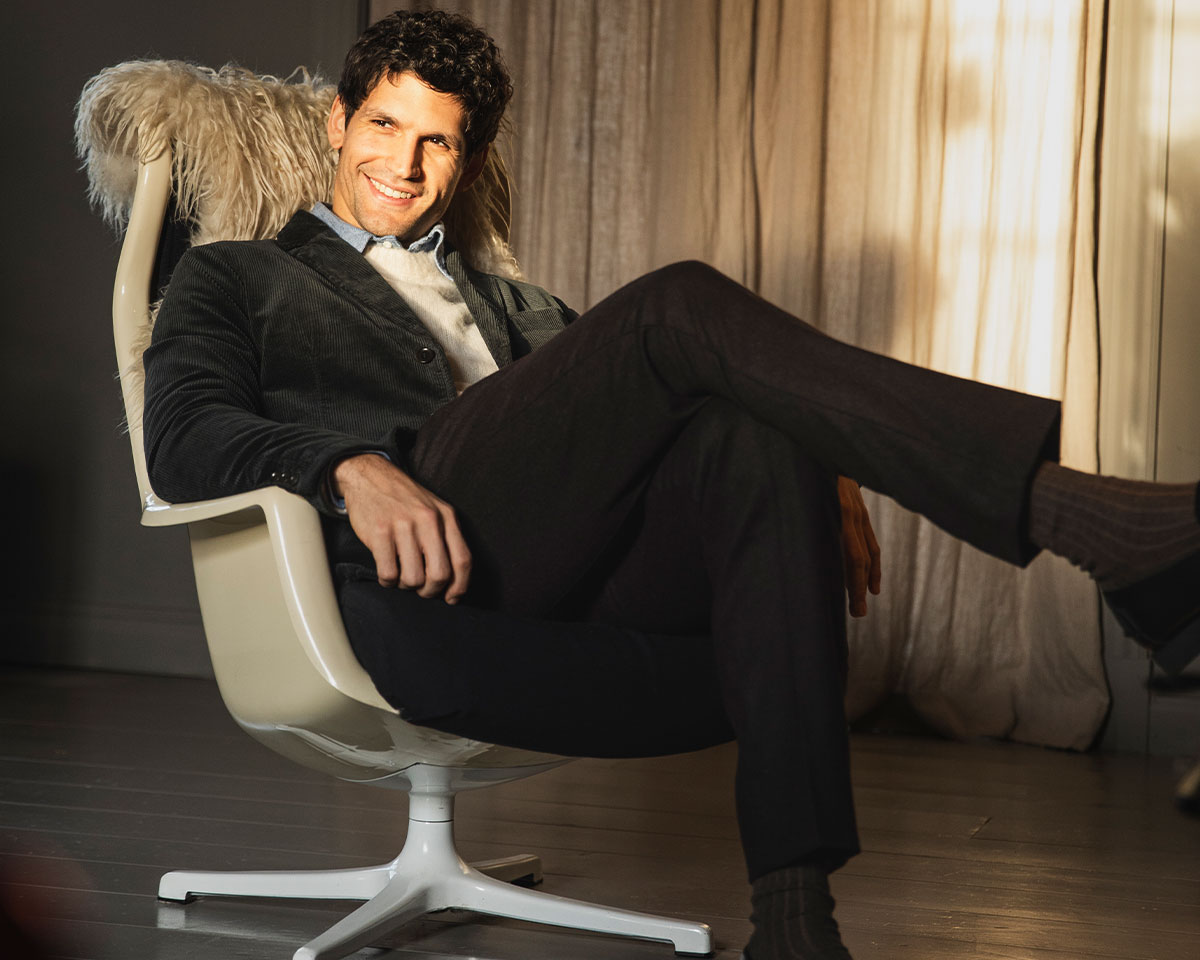
Four Ways to Lace Your Shoes
How we lace our shoes has a more profound impact on our style than we might first think. In our guide below, we show you a few good ways to lace your shoes and when to use them

Text: Mikael Vallin
Photo: Charlotte Håkansson
A good introduction is to note that different types of shoes often require different types of lacing to look their absolute best. The lacing can actually, like so many other style details, be a subtle way to enhance or tone down the formality of your style. Some ways to lace a shoe visually harmonise better with the shoe model and design than others.
Many shoes, dress shoes in particular, are often come with what one could call "factory lacing". It is a way of lacing shoes that is quick to complete in production and looks good on shoes in the box, but, as a matter of fact, it can be quite terrible for your shoes if kept when you wear your precious new footwear. The asymmetric zig-zag nature of this lacing will make the left and the right side of your shoe pull in different directions when tightened, and perhaps even cause deformation to the upper of your shoes. We therefore strongly advise you to re-lace your shoes after purchasing them, using one of the ways suggested below.
Like in many other areas of style and fashion, there is a very keen group of enthusiasts out there with a passion for premium men's shoes. A group of connoisseurs with a profound, niche knowledge of various shoe-related topics. Lacing is often a very polemic debate among these people. If you feel you are one of these shoe gurus, we humbly ask for your patience and understanding of the ways we choose to refer to these ways to lace shoes presented below. There is most likely more than one name for each method.
We divide the lacing-methods below into two main categories: Horizontal and crossed lacings. Altogether, these four methods are some of the most stylish, relevant and useful lacing techniques we can think of. Some of the methods are more suitable for some shoe models than others, due to the nature of how easy it is to tie once laced and how much of the shoe laces the technique requires.
Shoes with "open lacing", i.e. Derbies and most sneakers, often benefit from ways to lace the shoes that don't cause the shoelace to zig-zag across the bottom face of the lacing. Lacing methods that "hide" the transitions of the shoe lace on the bottom face create a cleaner looking lacing, but can sometimes be a bit cumbersome to tighten.
If you enjoy varying the lacing of your shoes, there are endless variations to be found online. We feel the four options below are a good starting point, being functional, stylish and relevant.
Many shoes, dress shoes in particular, are often come with what one could call "factory lacing". It is a way of lacing shoes that is quick to complete in production and looks good on shoes in the box, but, as a matter of fact, it can be quite terrible for your shoes if kept when you wear your precious new footwear. The asymmetric zig-zag nature of this lacing will make the left and the right side of your shoe pull in different directions when tightened, and perhaps even cause deformation to the upper of your shoes. We therefore strongly advise you to re-lace your shoes after purchasing them, using one of the ways suggested below.
Like in many other areas of style and fashion, there is a very keen group of enthusiasts out there with a passion for premium men's shoes. A group of connoisseurs with a profound, niche knowledge of various shoe-related topics. Lacing is often a very polemic debate among these people. If you feel you are one of these shoe gurus, we humbly ask for your patience and understanding of the ways we choose to refer to these ways to lace shoes presented below. There is most likely more than one name for each method.
We divide the lacing-methods below into two main categories: Horizontal and crossed lacings. Altogether, these four methods are some of the most stylish, relevant and useful lacing techniques we can think of. Some of the methods are more suitable for some shoe models than others, due to the nature of how easy it is to tie once laced and how much of the shoe laces the technique requires.
Shoes with "open lacing", i.e. Derbies and most sneakers, often benefit from ways to lace the shoes that don't cause the shoelace to zig-zag across the bottom face of the lacing. Lacing methods that "hide" the transitions of the shoe lace on the bottom face create a cleaner looking lacing, but can sometimes be a bit cumbersome to tighten.
If you enjoy varying the lacing of your shoes, there are endless variations to be found online. We feel the four options below are a good starting point, being functional, stylish and relevant.
Boston Twostep
The lacing method called "Boston Twostep" creates a visually appealing impression effect on the upper of your shoe. It is also easy to tighten when you tie your shoes. This lacing method results in a fairly messy bottom face of the lacing, which is why it is most suitable for shoes like Oxfords where the left and the right parts of the upper's lacing meet in the middle under your shoe laces, in what we like to call "closed lacing".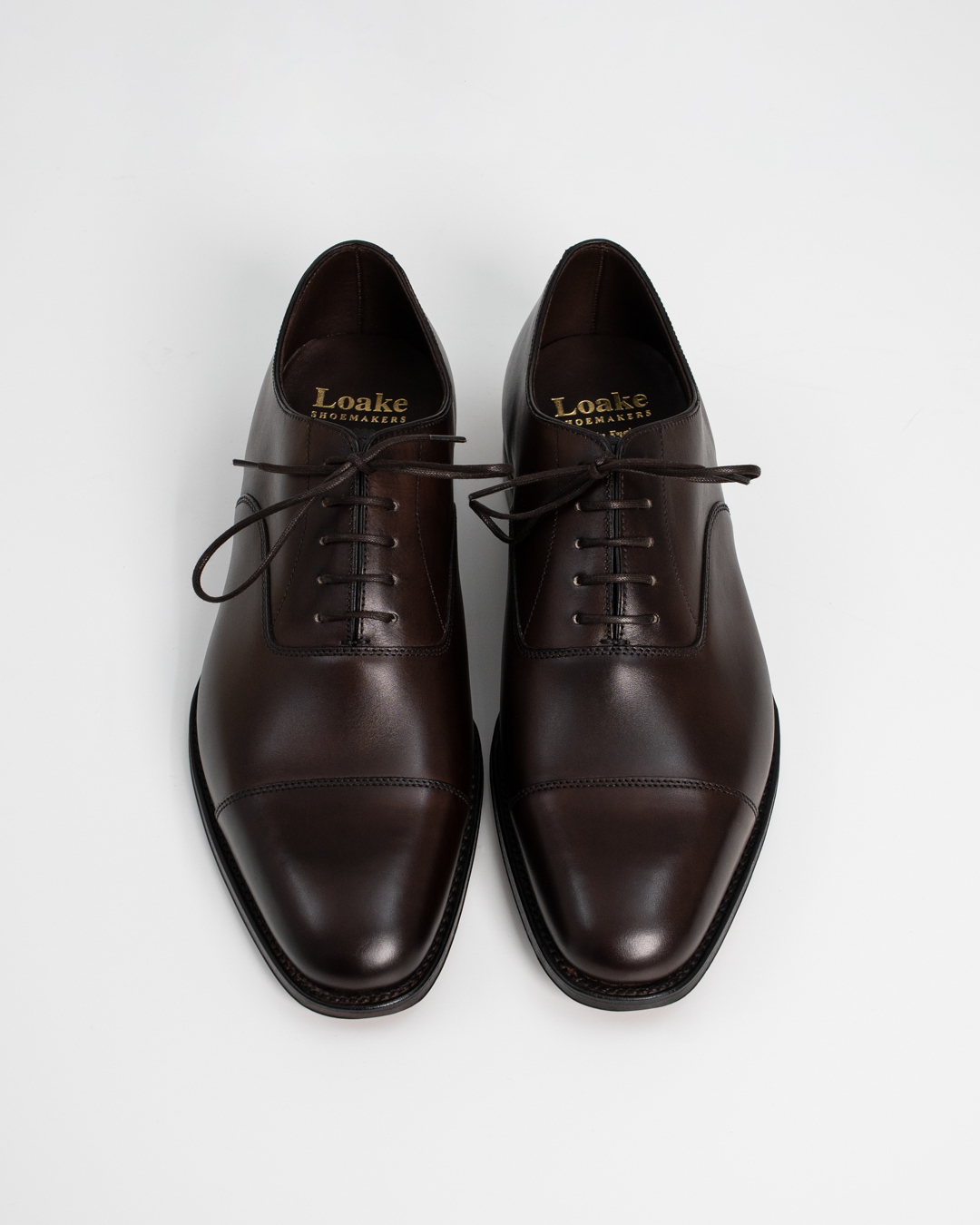
Hidden Horizontal Lacing
Hidden horizontal lacing, also referred to as "horizontal bar-lacing", is a visually clean and minimal way to lace your shoes that also generates a minimal amount of excess lacing between the upper and the tongue. It is particularly suitable for shoes like Derbies and sneakers with a bit of space between the left and right lacing parts of the upper. With these lacing methods, the tucking away of the transition lacing can also make it somewhat harder to tighten.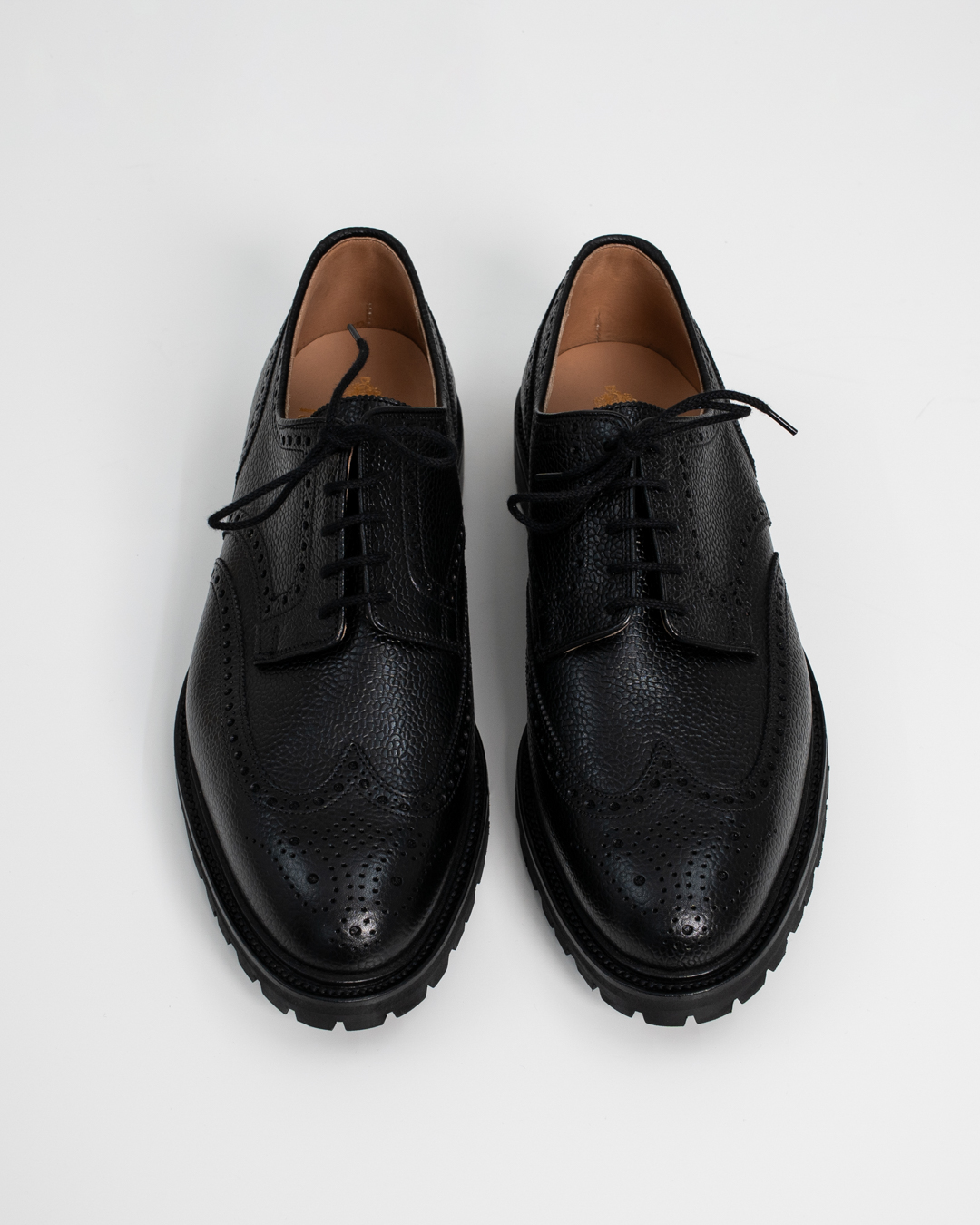
Classic Lacing
The "classic lacing" is suitable for all types of shoes. It is easy and practical when it comes to tightening the shoe laces, hence it becomes the lacing of choice for shoes with a long lacing like sneakers and boots of various kinds.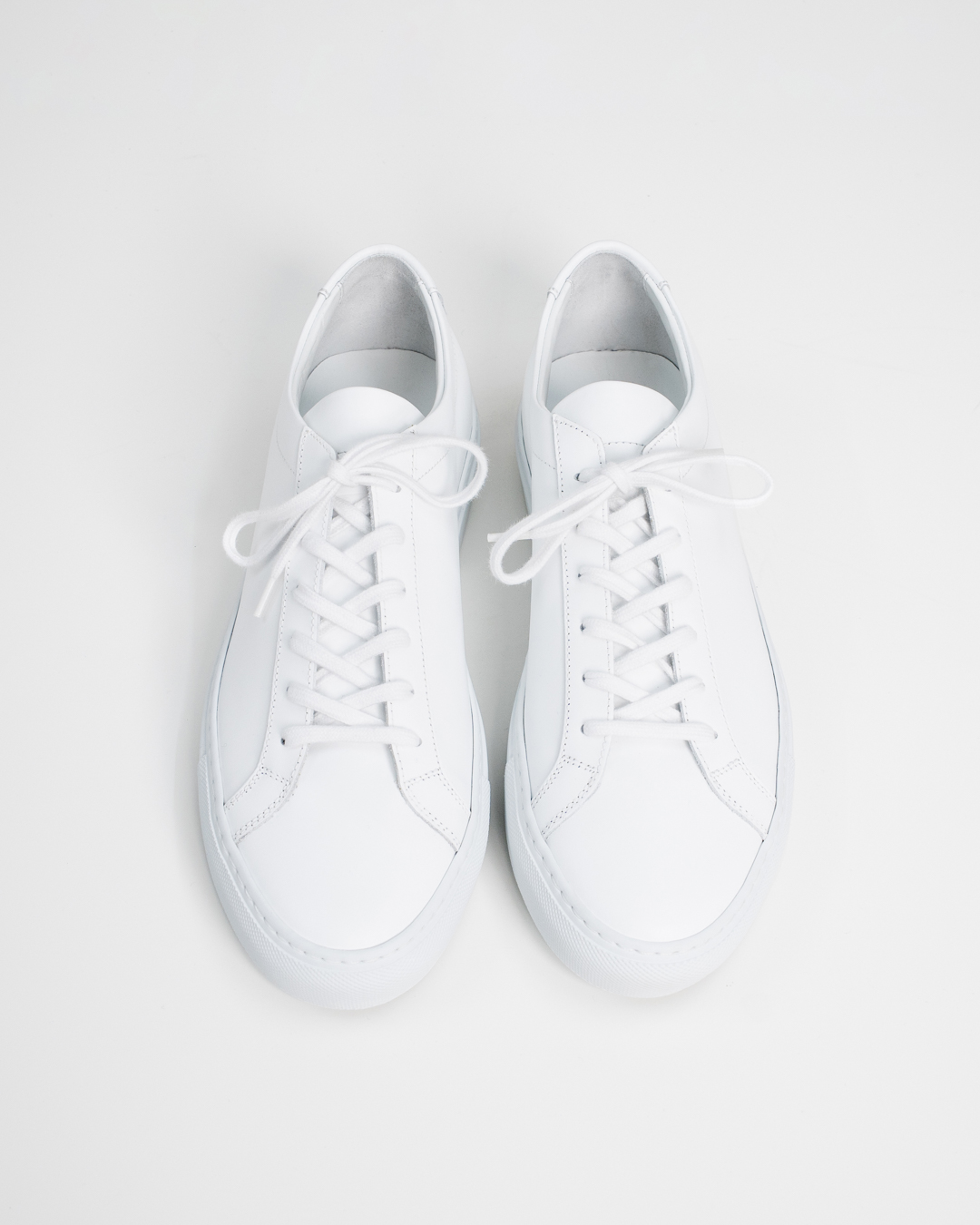
Bow-Tie Lacing
The so called "Bow-tie lacing" is another method that is suitable for shoes with both open and closed lacing. Visually, this lacing technique in discrete X-formations that are particularly appealing on minimal upper designs like the closed-laced whole-cut Oxfords below. The minimal aesthetics of the lacing, harmonise with the uncluttered nature of the shoe design itself. A very clear example of how visual harmony is a cornerstone of good style.
See selected products below
Do you want to continue where you were?
Customer service
FAQ
Answers to the most frequently asked questions can be found here.
We aim to reply to your email within one working day.
Personal Style Advice
We currently offer personal style advice through both digital and in-person customer meetings near our headquarters in Borås, Sweden.
If you're interested in booking a session with our personal shopper, send an email to us at [email protected], specifying whether you prefer a digital or in-person meeting, and we will get back to you with more details and available time slots.
Our style advisors look forward to helping you update your wardrobe and invest in timeless, quality garments!
Placeholder Headline
Log in
Choose your delivery country
-
Sweden
-
Denmark
-
Norway
-
Finland
-
Germany
-
Austria
-
Belgium
-
Ireland
-
Croatia
-
Cyprus
-
Czech Republic
-
Estonia
-
Greece
-
Hungary
-
Liechtenstein
-
Lithuania
-
Luxembourg
-
Malta
-
Poland
-
Portugal
-
Slovakia
-
Slovenia
-
Bulgaria
-
Latvia
-
Romania
-
Netherlands
-
France
-
Switzerland
-
Spain
-
Italy
-
United Kingdom
-
Saudi Arabia
-
New Zealand
-
Taiwan
-
United Arab Emirates
-
Japan
-
Australia
-
Canada
-
United States of America
-
South Korea
-
Hong Kong
-
Singapore
-
Kuwait
-
Malaysia
-
Qatar





